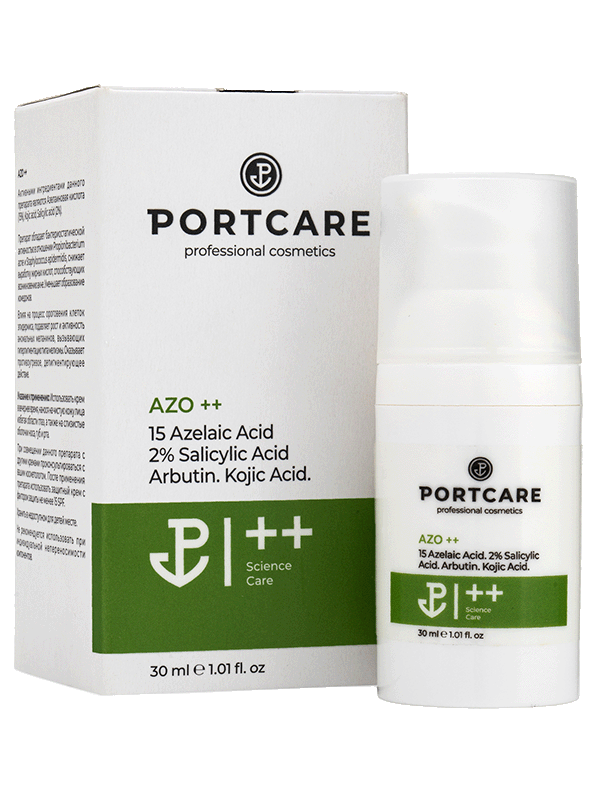Acne is a result of skin imbalance stemming from four main characteristics:
- Hyperfunction of sebaceous glands: When hormonal levels in the body are unbalanced, signals fluctuate on sebocytes’ receptors, causing the sebaceous glands to produce triglycerides excessively. This environment fosters the growth of P. acnes bacteria, leading to inflammation.
- Abnormal keratinization: Hyperkeratosis of hair follicles leads to daily shedding of dead cells from the stratum corneum, which mix with accumulated sebum in the follicle’s duct, forming a “plug” (blackhead/whitehead). This blockage prevents oxygen (O2) entry, transforming P. acnes into pathogens and causing inflammation, resulting in lesions (papules, pustules, or cysts).
- Infectious inflammation: Bacteria thriving in hair follicles and sebaceous gland ducts provoke inflammation, redness, and swelling.
- Impaired epidermal barrier: Allows penetration of harmful agents and free radicals that damage cells. In a dry stratum corneum layer, essential processes do not occur properly. Thus, antioxidants, natural moisturizing factors (NMFs), and essential fatty acids are necessary.
A professional cosmeceutical skincare series can effectively address all causes of acne across various severity levels and problematic skin conditions—different grades of acne, post-acne scars, subcutaneous oils, inflamed skin, and more. These products and treatment methods are tailored by the professional cosmetologist following a skin assessment.










